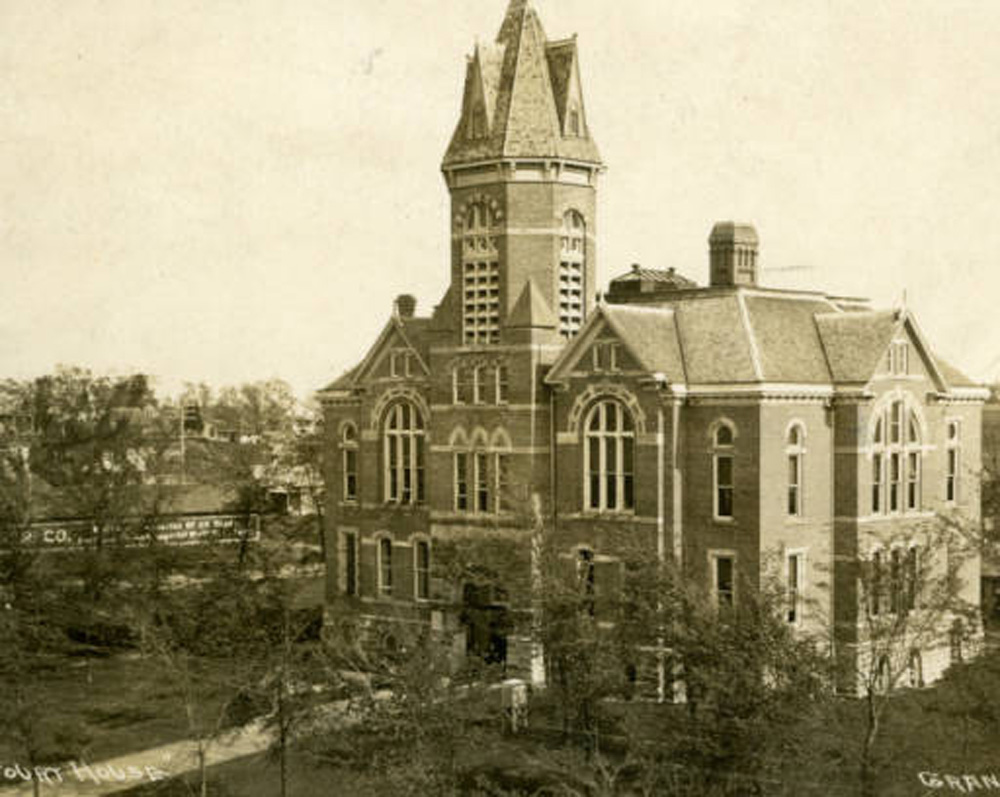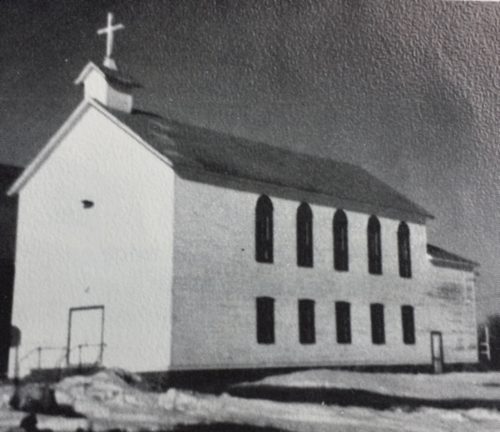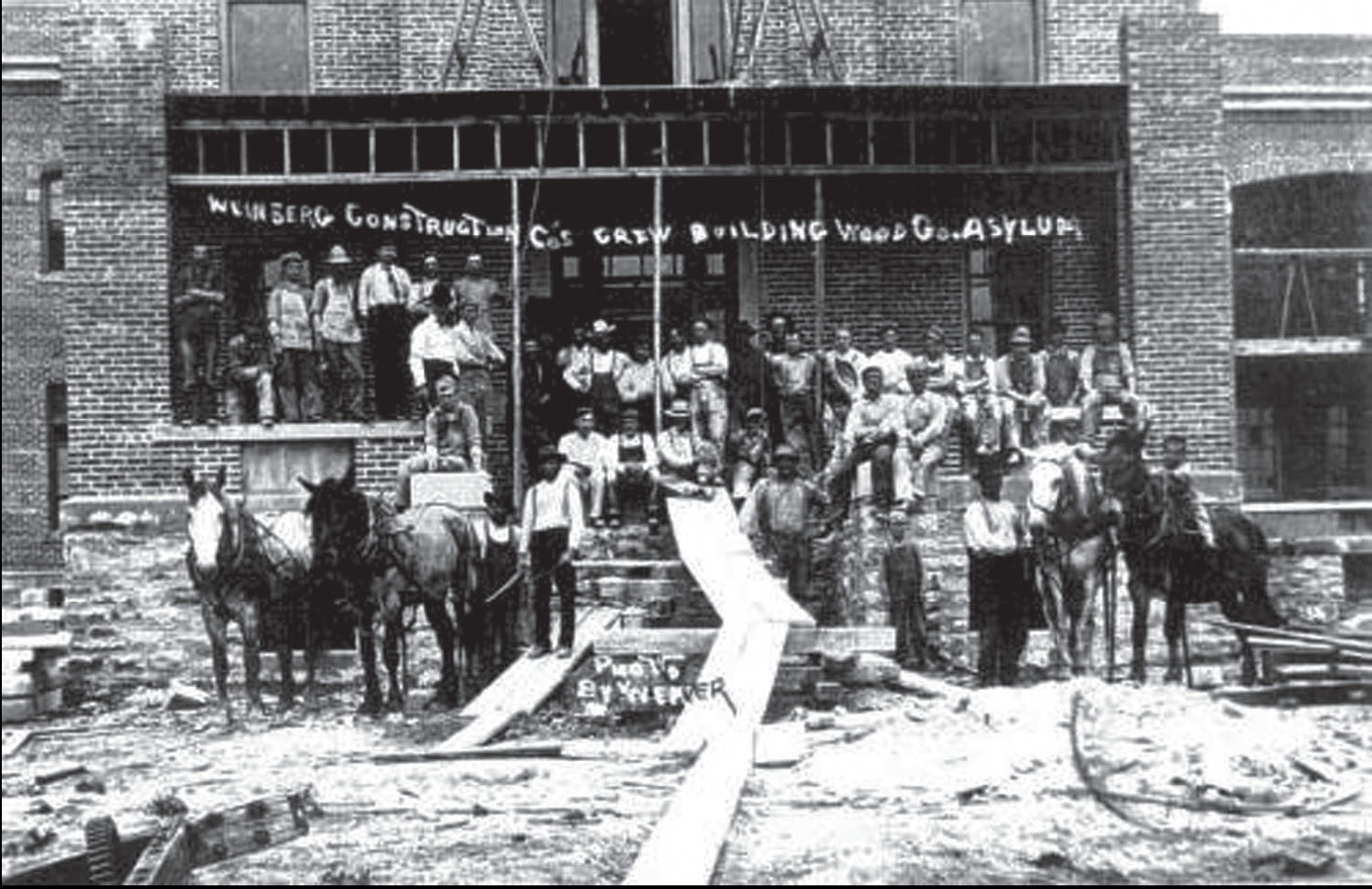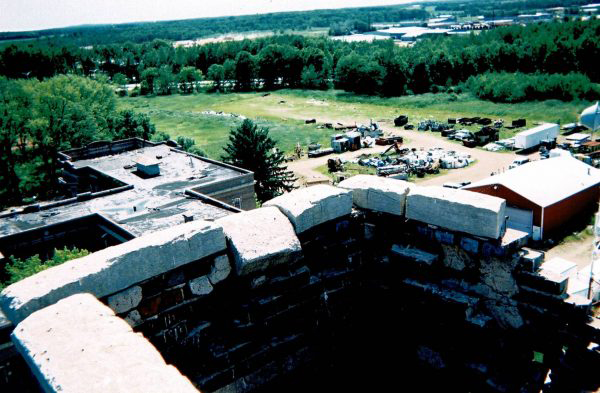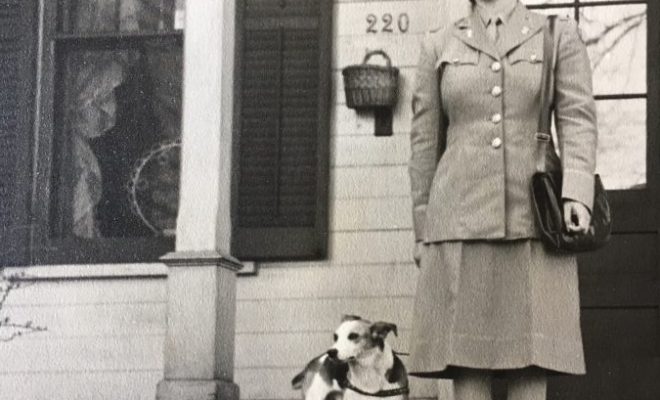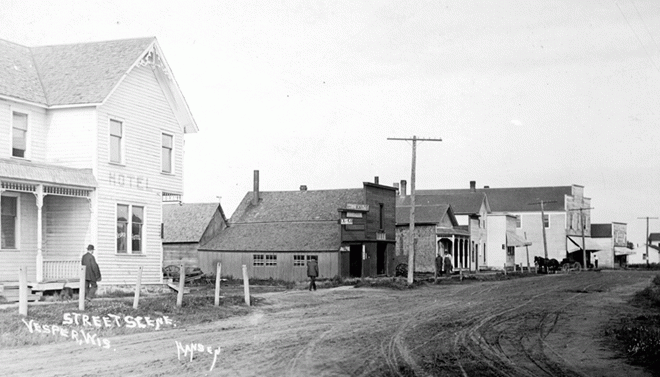WFHR: Dialing up the power
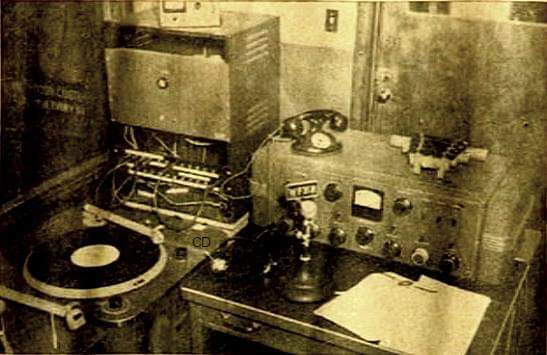
By Kris Leonhardt
Part II in a series
WFHR started with a crew of 11 staff members at 141 West Grand Avenue, in downtown Wisconsin Rapids.
The station was a mix of information and entertainment, found at 1310 on AM radio. WFHR programming included national news through the Associated Press, as well as local news and sports. Entertainment consisted of local talents, contests, and other features.
In 1941, the station joined the Mutual Broadcasting system to gain access to national and regional programming. Owner William F. Huffman said the move came after months of discussion. “Ever since WFHR went on the air last November, and even before that, we have realized the inadequacy of the radio service in central Wisconsin from a national and regional standpoint,” he said in a statement. “Poor reception of outside stations has made it impossible at times for central Wisconsin people to enjoy listening to programs of national importance. With our affiliation with the Mutual Broadcasting system all of these nationally important programs can be heard regularly over radio station WFHR.”

In 1960, the Wisconsin Rapids Tribune and WHFR built new facilities at 220 First Avenue South. Incourage photo
That same year, the station shifted to 1340 on the radio dial.
By 1951, WHFR had associate studios in Marshfield and Stevens Point.
In 1957, the station moved to a building on the site of where the Daily Tribune Building now sits.
One year later, the station moved to 1320 on the AM dial. The station was operated with 250 watts of power day and night on a local frequency. The change allowed them to operate on a regional channel with 5,000 watts during the day and 500 in the evening.
Huffman served as the secretary for WFHR, while Louise Huffman served as president. Louise also served as president of the Wisconsin Rapids Tribune, while William served as publisher and secretary.
In 1960, the Wisconsin Rapids Tribune and WHFR built new facilities at 220 First Avenue South.
The building was a “unique contrast in building shapes,” with a 16-sided, nearly round building on the north and a rectangular structure on the south, both two stories joined by a three-story section.
The WFHR studios were located on the first floor of the north structure, along with a joint business office for both companies. The second floor held the news and advertising departments for the Tribune.
At that time, two national radio organizations confirmed that 70 percent of area radio listeners were tuned into WFHR, while the remaining 30 percent listened to a combination of eight other stations.
Continued next week

